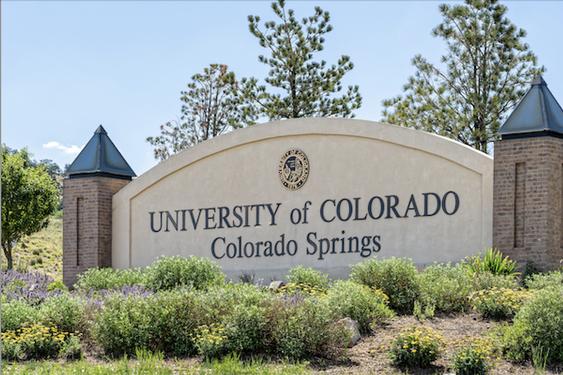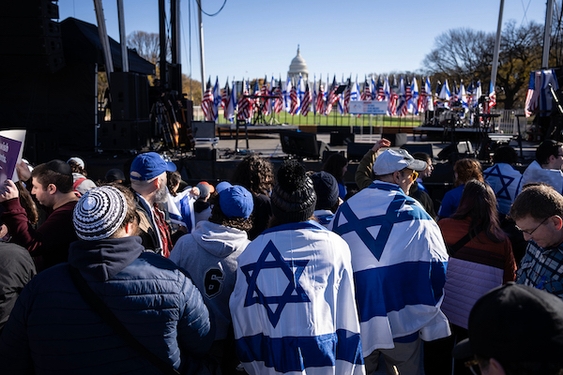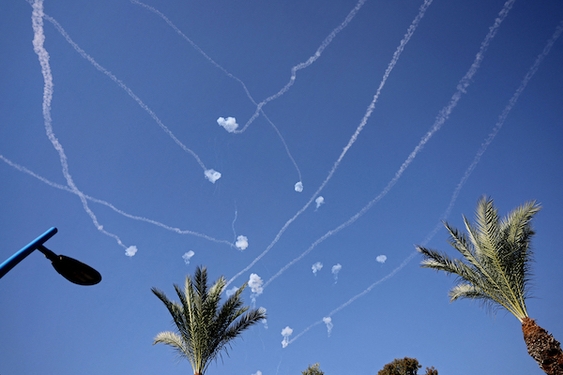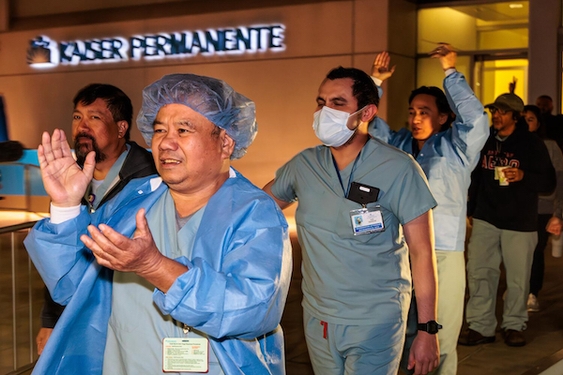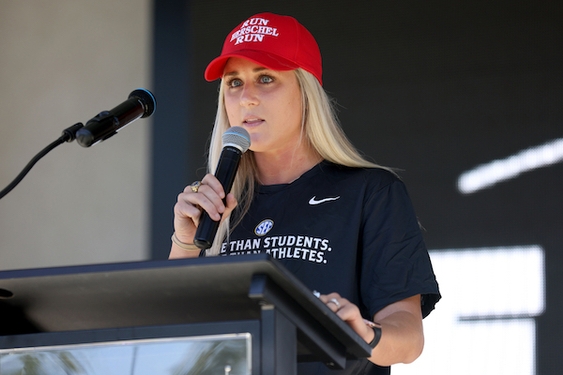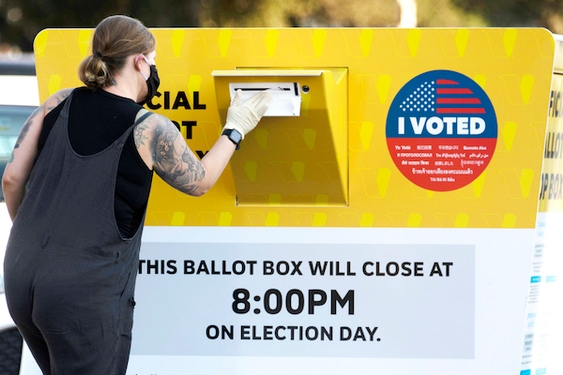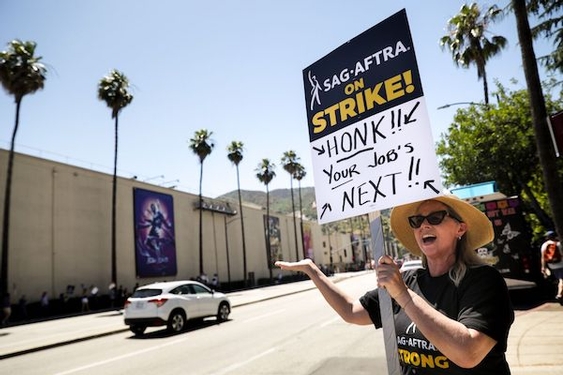Officials in Puerto Rico say that 64 people lost their lives after Hurricane Maria slammed into the island in September. A new report says that estimate is off — by about 4,600.
If the analysis is correct, it means that for every hurricane-related death that’s currently on the books, another 70 fatalities in the U.S. territory have gone uncounted.
“Our results indicate that the official death count of 64 is a substantial underestimate of the true burden of mortality after Hurricane Maria,” researchers concluded in a study published Tuesday in the New England Journal of Medicine.
This isn’t the first time people have questioned the official estimate of the number of deaths that ensued after the then-Category 4 hurricane made landfall on Puerto Rico on Sept. 20, 2017. The study authors noted that several “independent investigations” have put the true number “in excess of 1,000.”
With sustained winds of up to 155 miles per hour and heavy rains that caused catastrophic flooding, there were many ways for Hurricane Maria to kill, explained the team led by Nishant Kishore of the Harvard T.H. Chan School of Public Health.
During the storm itself, residents might be hit by flying debris or swept away in flash floods. In the aftermath of the storm, deaths could be attributed to lingering safety problems, illnesses brought on by unsanitary conditions or the “loss of necessary medical services,” they wrote.
To get a better handle of the storm’s true impact, interviewers fanned out across Puerto Rico between mid-January and late February. They knocked on doors and talked to adults from 3,299 households, which represented 9,522 people. Among other things, they asked whether anyone in the household died between the day Maria hit the island and the end of the year.
More than 93 percent of people invited to take the survey agreed to do so, even though they received no payment or other form of assistance from the researchers.
The researchers used these responses to calculate that there were 14.3 deaths per 1,000 Puerto Ricans between Sept. 20 and Dec. 31, 2017. That mortality rate was 62 percent higher than it had been during the same period in 2016.
Applying this increase in the mortality rate to the entire country, the team determined that there were about 4,645 “excess deaths” in the wake of Hurricane Maria.
“Increases in post-hurricane death rates were observed across age groups,” Kishore and colleagues wrote.
The study authors recognized that they had no way of counting victims who had been living alone — with no remaining members of their households, the survey-takers would never learn of them. So the researchers adjusted their estimate, using the 2016 mortality rate for people living alone.
This time, they calculated that there were about 5,740 “excess deaths” after Hurricane Maria.
Among the deaths the researchers tallied through their survey, nearly 1 in 10 were a direct result of the storm, and one-third could be traced to “delayed or prevented access to medical care” as a result of the storm.
Indeed, 31 percent of households surveyed reported “disruptions to medical services” after the hurricane hit. About 14 percent of households that were unable to get medications, 9 percent were stymied by shuttered medical facilities, 6 percent had doctors who were “absent” after the storm, and 10 percent lacked the electricity needed to power their respiratory equipment. In the most remote neighborhoods, about 9 percent of households had no way to call 911.
The survey takers also found that:
— It took 68 days, on average, for households to have their water service restored after Hurricane Maria hit.
— It took 84 days, on average, for electricity to be restored.
— It took 41 days, on average, for wireless phone service to come back online.
These are mistakes that public health officials must learn from, the researchers wrote. A proper and timely count of deaths after a natural disaster will make it easier to get aid to survivors — and perhaps prevent secondary deaths owing to a lack of doctors, hospitals and medicines.
The 2018 Atlantic hurricane season begins Friday.
———
©2018 Los Angeles Times
Visit the Los Angeles Times at www.latimes.com
Distributed by Tribune Content Agency, LLC.



